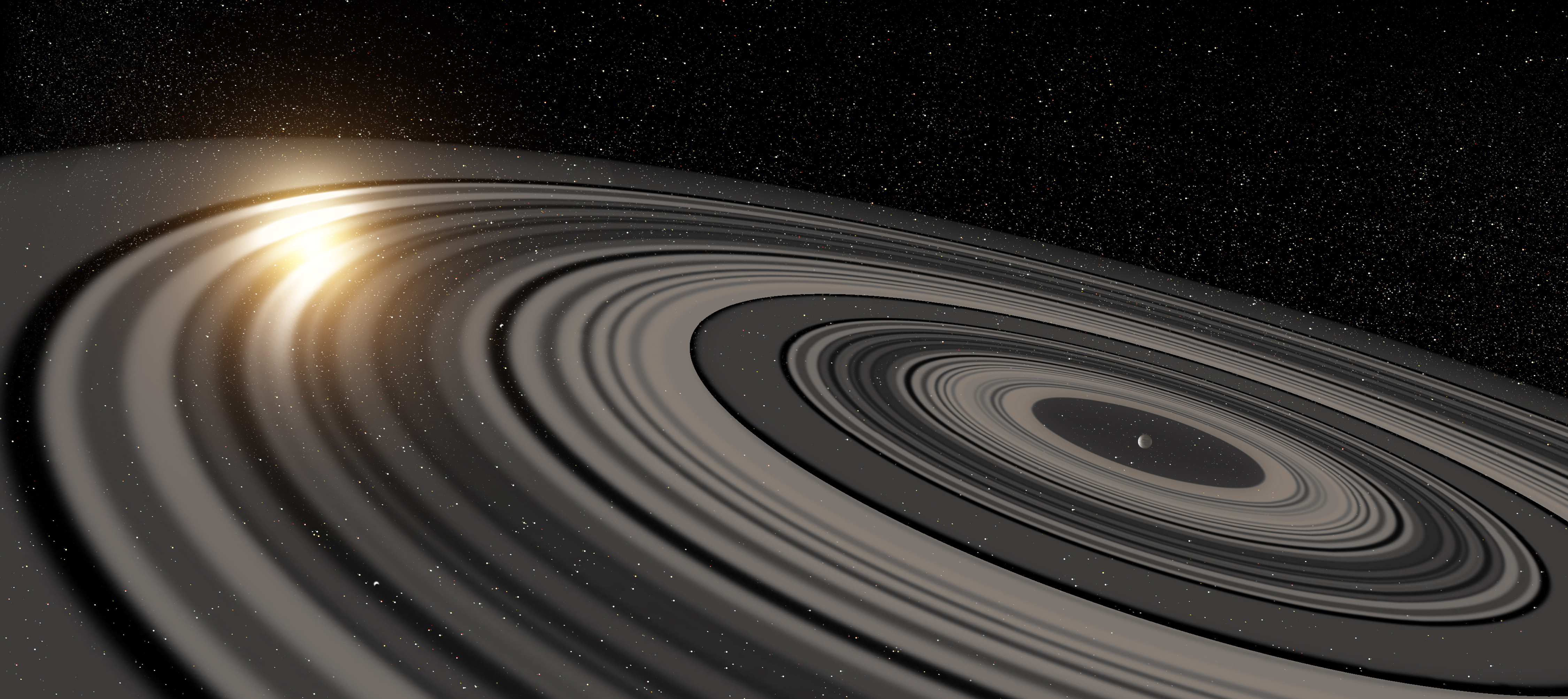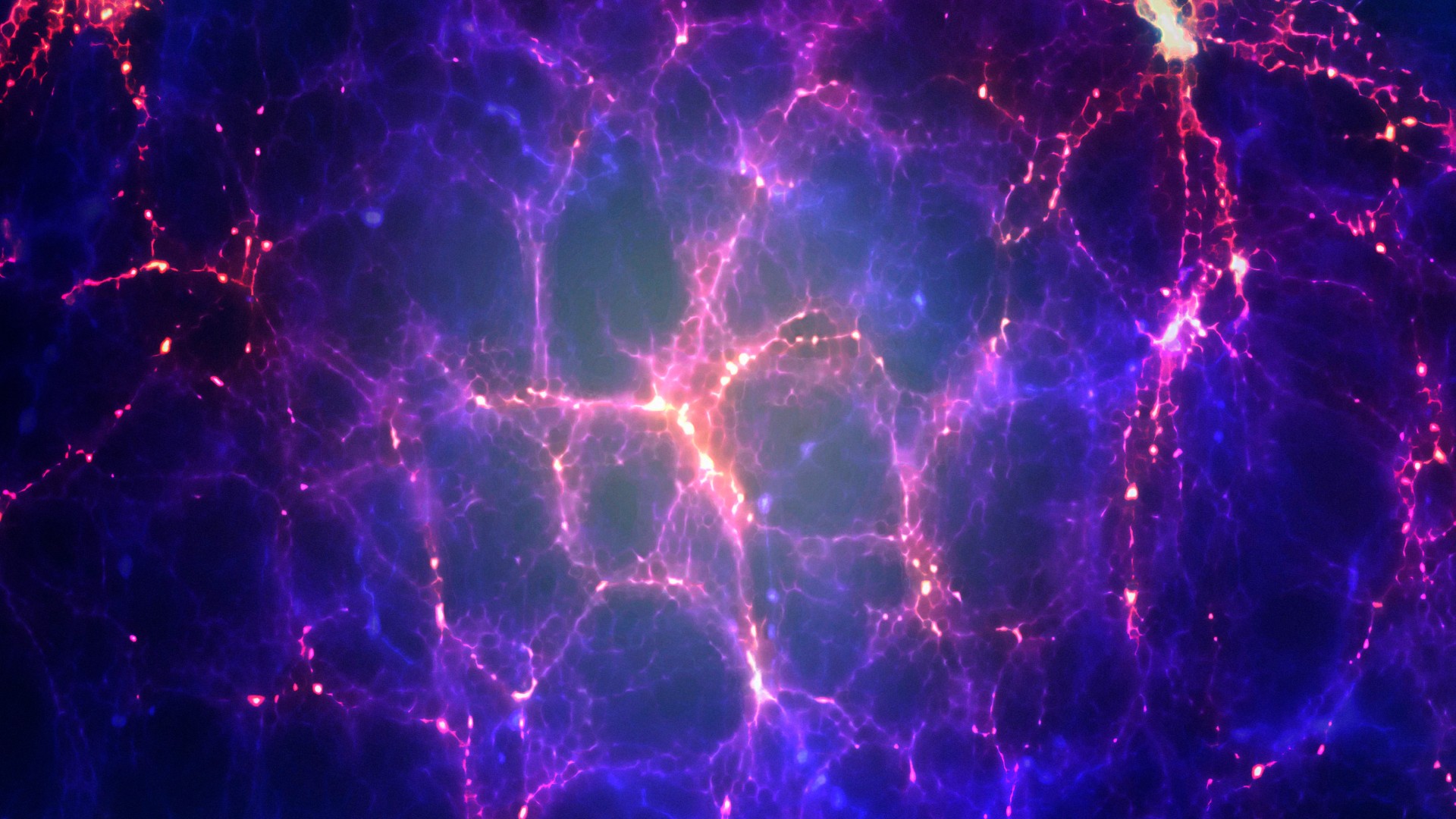Reverse Saturn: Bizarre Planet's Giant Rings Spin the Wrong Way

A strange and colossal ring system around an alien planet is apparently stuck in reverse, circling opposite to the planet's own orbit around its parent star. While the arrangement appears unstable, new calculations show the rings could remain for at least 100,000 years.
These rings could account for bizarre eclipse behavior seen in 2007 for this star, called J1407, researchers on the new study suggested. Back then, astronomers observed an eclipse of the star last for several weeks, varying rapidly in brightness over the course of minutes. In 2015, the team suggested that there could be a planet orbiting this star with rings over a hundred times larger than the rings of Saturn.
In the new simulations conducted this year, the team calculated whether the planet could hang on to its ring system even as the gravitational effect of the star pulls on the rings. Because of the planet's highly elliptical orbit, the star's tug could potentially destabilize the rings when the planet approached closer, the researchers said. [The Strangest Alien Planets We Know (Gallery)]
According to the simulations, the system can stay stable for more than 10,000 orbits lasting 11 years each, with one stipulation, said lead author Steven Rieder, a postdoctoral fellow at the RIKEN Advanced Institute for Computational Science in Japan.
"The system is only stable when the rings rotate opposite to how the planet orbits the star," Rieder said in a statement. "It might be far-fetched, massive rings that rotate in opposite direction," he added, "but we now have calculated that a 'normal' ring system cannot survive." More usually, a planet's rings circle in the same direction as the planet is traveling, and the planet orbits in the same direction as the star turns.
It's also possible that the stellar eclipses were created by a free-floating object passing between Earth and the star, but this would be true only if that object's velocity as measured in the observations was not correct, Rieder said. He added that this would be a strange explanation, as the measurements the team obtained are "very accurate."
The researchers said they next plan to examine how the ring structure was created, and how it evolves. A paper based on the research will appear shortly in the journal Astronomy and Astrophysics.
Get the Space.com Newsletter
Breaking space news, the latest updates on rocket launches, skywatching events and more!
Follow Elizabeth Howell @howellspace, or Space.com @Spacedotcom. We're also on Facebook and Google+. Original article on Space.com.
Join our Space Forums to keep talking space on the latest missions, night sky and more! And if you have a news tip, correction or comment, let us know at: community@space.com.

Elizabeth Howell (she/her), Ph.D., was a staff writer in the spaceflight channel between 2022 and 2024 specializing in Canadian space news. She was contributing writer for Space.com for 10 years from 2012 to 2024. Elizabeth's reporting includes multiple exclusives with the White House, leading world coverage about a lost-and-found space tomato on the International Space Station, witnessing five human spaceflight launches on two continents, flying parabolic, working inside a spacesuit, and participating in a simulated Mars mission. Her latest book, "Why Am I Taller?" (ECW Press, 2022) is co-written with astronaut Dave Williams.
